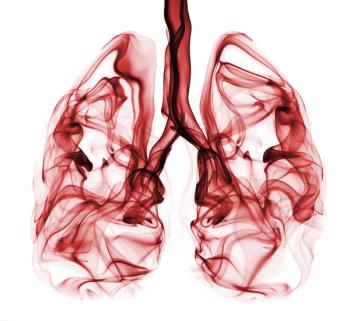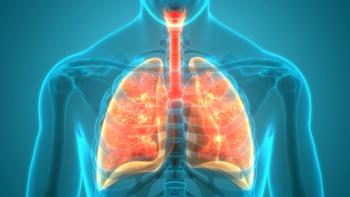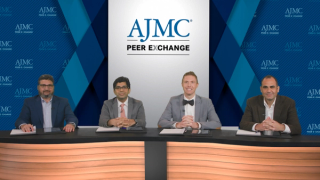
Clinical
Latest News
Latest Videos

CME Content
More News

A provisional clinical opinion from the American Society of Clinical Oncology (ASCO) recommends that patients with advanced cancer with specific genomic alterations undergo genomic sequencing.

Antiplatelet/anticoagulant (APAC) therapy can protect patients from developing nonproliferative diabetic retinopathy, according to a recent study.

The presence of breast arterial calcification may serve as a biomarker for an increased risk of cardiovascular disease among postmenopausal women.

Teprotumumab has shown great efficacy in treating thyroid eye disease in both clinical trials and real-world settings, but more data are needed on adverse events, said Shoaib Ugradar, MD, UCLA Stein Eye Center Santa Monica.

Advances in whole genome sequencing are helpful in linking genetic variants with diseases, but the process is more challenging in cases of rare and ultra-rare diseases.

A randomized clinical trial examined patient quality of life in Parkinson disease (PD) when adding different adjuvant therapies to levodopa to help control dyskinesia and a flaring of symptoms during OFF periods to see if one drug class had any benefit over another.

A recent study found that older men with higher body mass index are more likely to receive a diagnosis of obstructive sleep apnea, but women are accounting for a growing number of new diagnoses.

Mantle cell lymphoma is a difficult cancer type with high relapse rates, but novel targeted approaches such as CAR T-cell therapy hold promise for more successful response rates in the future.

Compared with placebo, dupilumab treatment resulted in statistically significant and meaningful symptom improvements in adults and adolescents with eosinophilic esophagitis (EoE), according to abstracts presenting findings from the 3-part LIBERTY-EoE-TREET study.

FoundationOne CDx has been approved as a companion diagnostic to identify patients with non–small cell lung cancer (NSCLC) with epidermal growth factor receptor (EGFR) exon 19 deletions or exon 21 alternations eligible for treatment with EGFR tyrosine kinase inhibitors.

Recent research presented at the 2022 American Academy of Allergy, Asthma & Immunology Annual Meeting examined different aspects of the use of biologics for severe asthma.

As a result of being less likely than men to receive lifesaving treatment when experiencing cardiogenic shock, women were significantly less likely to survive in the short and long term.

Existing research appears to suggest these patients can be treated similarly to patients with other genetic subtypes of cutaneous melanomas.

Authors outlined advancements in chimeric antigen receptor-modified T (CAR-T) cell therapy for lung cancer, and accompanying challenges.

Sunil Verma, MD, senior vice president and global head of oncology, medical, at AstraZeneca, talks about advancements in standards of care for uncommon cancers, including cholangiocarcinoma.

A recent review examined currently approved treatments and those under investigation for mantle cell lymphoma.

In the majority of the 49 patients with a type of spinal muscular atrophy called spinal muscular atrophy Jokela, creatine kinase was elevated, particularly in males.

Assessing the presence of vascular endothelial growth factor (VEGF) in tears could be a noninvasive way to determine the severity and progression of age-related macular degeneration.

Findings of a meta-analysis suggest adding antiangiogenics to second-line treatment in non–small cell lung cancer (NSCLC) may improve survival outcomes, especially in younger patients.

Joshua Richter, MD, and Roy Beveridge, MD, explain the role triplet regimens play in MM treatment and how physician decision-making has been impacted since the NCCN guidelines have expanded the list of acceptable first- and second-line treatment options.

Muhamed Baljević, MD, FACP, provides a background of multiple myeloma (MM) within the past five years and the main treatment options.

A recent study found that an electronic tool that guides diagnosis and treatment can reduce mortality and improve processes of care.

The FDA based its approval on OlympiA trial data, which show the PARP inhibitor has the ability to reduce risks of invasive breast cancer recurrence, second cancers, and death, and to improve overall survival.

Health Care Fragmentation and Blood Pressure Control Among Adults Taking Antihypertensive Medication
Among older Black adults taking antihypertensive medication, fragmented ambulatory health care was associated with an increased likelihood of apparent treatment-resistant hypertension with uncontrolled blood pressure.

This systematic literature review reports incidence of adverse drug effects associated with guideline-directed medical therapy for patients with heart failure with reduced ejection fraction.












































